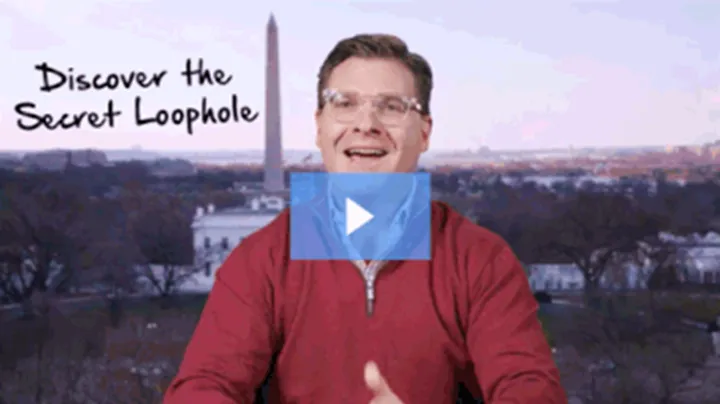Breaking: Musk Confirms Austin Robotaxi Timeline
Tesla CEO Elon Musk confirmed today that the company is on track to launch its first robotaxi service in Austin, Texas by the end of June, marking a critical milestone in the company's autonomous driving ambitions. Speaking in an interview with CNBC, Musk stated that approximately 10 self-driving vehicles will initially operate in geofenced "safe" areas of the city, with plans to scale to "about a thousand within a few months."
"We are actually going to deploy not to the entire Austin region, but only the parts that are the safest. So, we will geofence it," Musk said during the interview. The announcement sent Tesla shares up modestly in afternoon trading as investors digested the implications of this long-promised service finally becoming reality.
Why This Launch Is Different From Previous Tesla Promises
Unlike Tesla's prior autonomous driving developments that required active driver supervision, the Austin robotaxi service represents the company's first attempt at a truly driverless commercial service carrying paying passengers without anyone behind the wheel.
Tesla's strategy of launching in Texas is no accident. The state has significantly less restrictive autonomous vehicle regulations compared to California, where companies like Waymo and Cruise had to log millions of miles under more restrictive permits before passenger service approval.
The Austin launch has been in development for months, with Tesla in discussions with city officials to secure the necessary permissions. Texas represents a strategic choice for Tesla, as the state has significantly less restrictive autonomous vehicle regulations compared to California, where companies like Waymo and the now-paused Cruise had to log millions of miles under more restrictive permits before receiving approval for passenger service.
However, recent reports indicate that Tesla's robotaxi fleet will rely heavily on teleoperations, with remote employees monitoring the vehicles and able to intervene if necessary. This suggests that Tesla's technology may not be as fully autonomous as initially implied, though it still represents a significant advancement.






